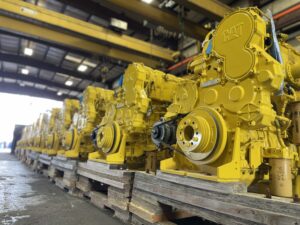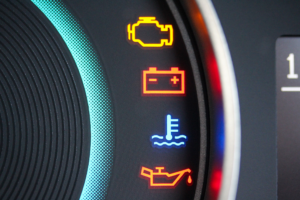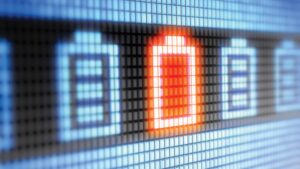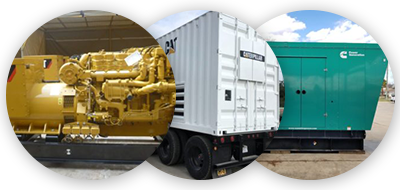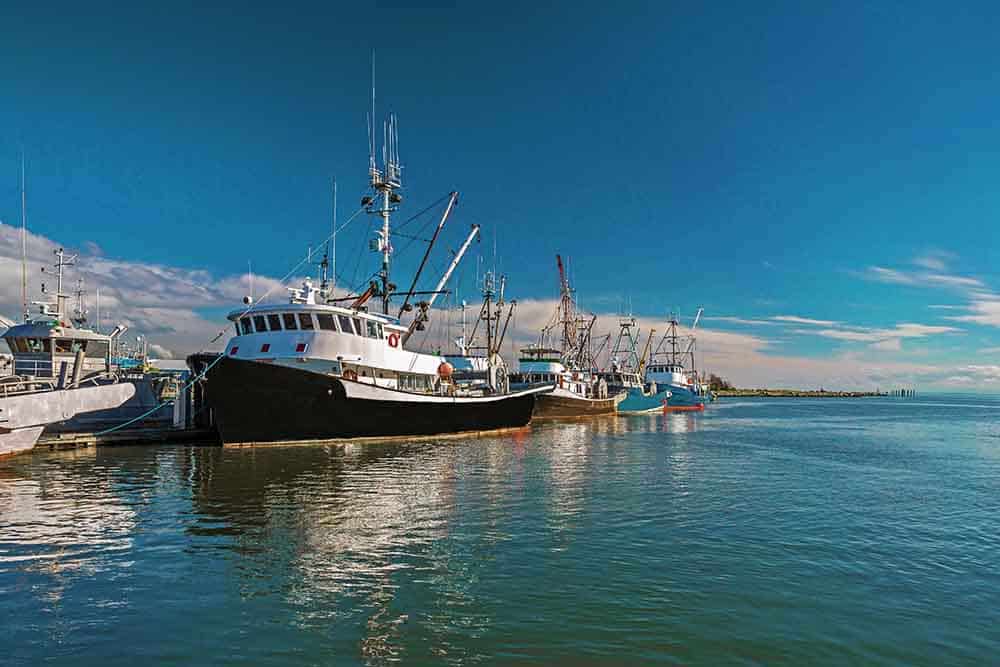
Commercial fishing is a significant driver of the United States economy, generating $144 billion in sales and supporting 1.2 million jobs in 2015. The vessels employed can range from small boats managing a handful of lobster traps to giant factory ships which simultaneously catch, process, and preserve fish.
Large or small, all these vessels need dependable power to work efficiently and safely. Or, to put it another way: You can’t afford to be at the mercy of the sea.
It’s key to know the available engine and gen set options, maintenance guidelines, and Tier 3 and 4 emissions standards inside and out.
Types of Marine Engines for Commercial Fishing
Powering today’s commercial fishing vessels isn’t just about propulsion, it’s also about efficiency and lessening environmental impact above and below the water. While some emerging technologies such as solar – and biodiesel-powered systems and ship-based wind turbines are being developed, three power systems are most commonly used:
- Diesel: In use since 1903 and the industry standard, the diesel engine uses a crankshaft which can be directly connected to a propeller to produce both lower engine speeds (120 rpm or less) and high engine speeds (1000 rpm or more).
- Diesel-electric: Also introduced in 1903, this system uses a diesel engine to produce electric power to be used throughout the vessel. A two-step power system may seem counter intuitive, but it allows for engine placement independent of propeller location which can then provide greater suppression of vibration and noise.
- Gas turbine: Developed in the 1940s, gas turbine engines were originally used on naval ships due to the extra speed generated via internal combustion using the Brayton cycle to produce power. Gas turbines, however, are inefficient at low speeds and are often used in tandem with diesel engines.
Marine Engine & Generator Maintenance
No matter what propulsion system you use, only regular maintenance will allow your vessel to operate safely and with maximum efficiency.
These nine areas will require ongoing attention:
- Lubrication: Regular changing of lubricating oil is the most significant contributing factor to increasing engine life and maintaining performance.
- Fuel system: Beyond periodically replacing fuel filters and lines, fuel injectors must also be inspected regularly. While fuel-injection systems are designed to last the lifetime of an engine, the reduction of sulfur content in fuel today makes it more abrasive and will cause additional wear on these components.
- Cooling system: Checking the quality of coolant in a modern diesel engine is as important as the level of coolant.
- Air-intake system: Air filters should be changed as per manufacturer guidelines. In addition, check them regularly for the presence of engine oil or exhaust system soot.
- Exhaust system: During installation, make sure exhaust has no opportunity to reenter the engine, and make sure no cracks or leaks develop over time.
- Valves and heads: To address inevitable valve train wear, valves need to be regularly adjusted. Periodic measurement of cylinder head wear will aid scheduling of head replacement.
- Emissions system: In marine power systems, the crankcase emissions system will require the most attention.
- Mechanical systems: Solid and resilient engine mounts should be checked for any impact from engine vibration. Torsion coupling components should be inspected for cracks and other wear.
- Operating system: While today’s engine management system (EMS) won’t require maintenance, it will provide critical data about engine performance.
Tier 3 & 4 Marine Diesel Engine Emissions Standards
All emissions by marine engines for commercial fishing are regulated by the Environmental Protection Agency (EPA). While originally focused on land-based industrial pollution, by 1998 oversight expanded into non-road applications including marine diesel engines and generators.
The goal is to reduce the production of particulate matter (PM), which contributes to respiratory problems, and nitrous oxide (NO), which contributes to ground-level ozone formation.
Using a four-tiered system, Tier 3 applies to older engines (pre-2008) with Tier 4 being phased in from 2008-2015 for new marine engines with ratings equal to and greater than 1,400 bkW. Compliance involves several factors including engine age and use classification.
This infographic provides a comprehensive overview of Tier 4 engine compliance.
Commercial fishing is no pleasure cruise. The hours are long and the stakes are high because you’re working in extreme conditions with no room for error. No matter what type of engine or gen set you’re running, it must supply the power you need – exactly when it’s needed.
You need a wide variety of new, used, and surplus engines and gen sets to choose from in order to buy with confidence. You need Depco Power Systems.


